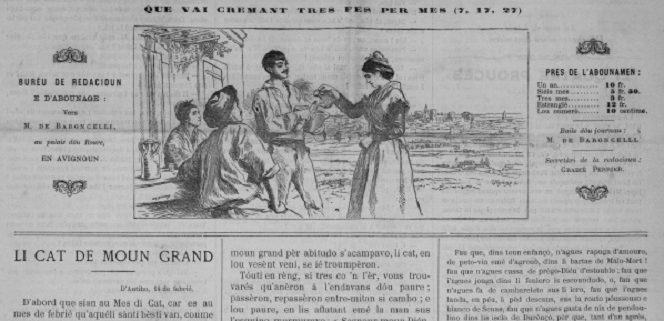Originally, it’s a Lenten dish.
The etymology of the aïoli is quite simple to understand: The word comes from the junction between garlic and oil.
This is where the name of the aioli comes from, which means in provencal garlic (garlic) and oli (oil) patois.
Garlic is mentioned very early in the history of gastronomy. From ancient Egypt, garlic is used. They were given to the slaves who built the pyramids to give them strength. This sauce is composed mainly of oil and garlic. To bind it, egg yolk and lemon juice are used. Traditionally, aioli is used with some vegetables (potatoes, leeks, carrots, zucchini, artichokes, turnips …), boiled eggs and cod.
The aioli is very marked in the Provencal heritage. This meal is considered that of Friday where traditionally we do not eat meat. A few decades ago, it was considered indispensable on Good Friday night. Frederic Mistral grumbled: “The aioli concentrates in its essence the heat, the strength, the joy of the sun of Provence, but it also has a virtue, that of chasing flies. Those who do not love him, those whose stomachs revolted at the thought of our oil and garlic will not come around us. We will stay with family.
In Provence, the aioli is not just a simple sauce, a simple emulsion of oil and garlic similar to mayonnaise and served with any dish. The aioli is a complete dish, consisting of a single or several elements, whose sauce aforesaid is the obligatory accompaniment. This sauce is served either with boiled fish such as mackerel, sardines, cod, etc., or with vine snails; with various vegetables cooked in water: large green beans, cauliflower, carrots, new potatoes, etc.
Did you know ? Originally, it’s a Lenten dish. It allows for an excellent meal while respecting the fast prescribed by the church, including the Ash Wednesday and Fridays of Lent



